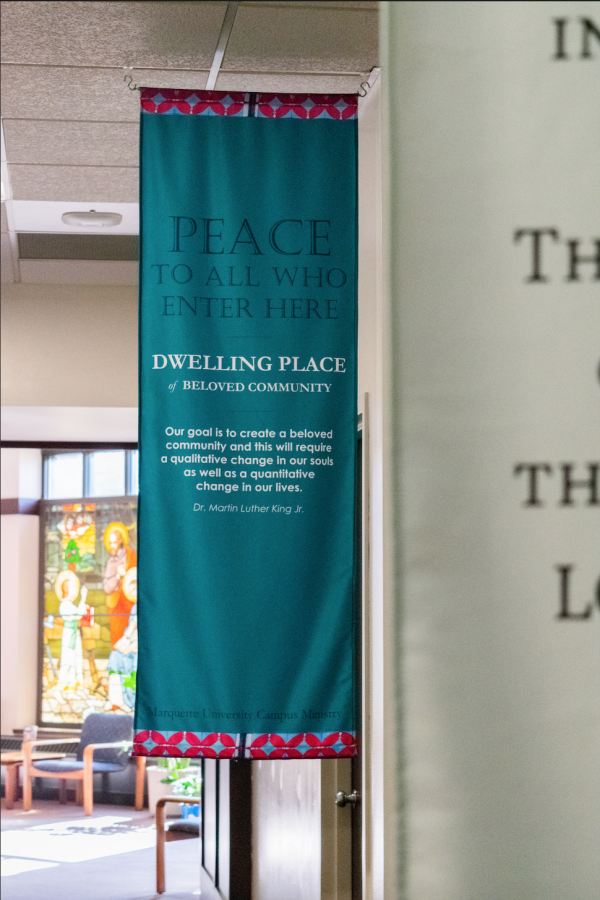 With a distinctive dialect, cuisine and culture, the south may as well be another country for many Americans. Had a few events in history gone differently, it might even be one today.
With a distinctive dialect, cuisine and culture, the south may as well be another country for many Americans. Had a few events in history gone differently, it might even be one today.
Outside of the Disney-fied bubble of Orlando, I had never been to the south prior to last week, when I traveled to the Atlanta suburb of Morrow as a part of a Marquette Action Program service trip with 11 other Marquette students. During the M.A.P. application process, we were given some say in where we wanted to go and Morrow was my first choice. Part of why I chose to head to Georgia, as opposed to say, Chicago, Cincinnati or St. Louis, was my desire to travel and experience a part of the country I considered distant and different. An attitude, I will admit, partially motivated by stereotypes.
In line with stereotypes, the academic term “orientalism” is used to describe a set of Western attitudes and ideas of Asia and the Middle East that often differentiate and belittle those regions. While orientalist portrayals have some degree of truth in them, the way they are exaggerated turns people from orientalized regions into mere caricatures.
In the same way, I would say Americans in the Midwest and the West have a view of the South influenced by what might be called “southernism.” In many ways, the South has been made exotic and a region of “others.” If Hollywood is to be believed, everyone past the Mason-Dixon line drives a truck, listens to country music and is closer to their cousins than is socially acceptable. In positive portrayals of the South, the people are friendly, simple good ol’ boys and gals, while in negative ones they are painted as racist, aggressive and violent.
But if one word could be used to describe how the South is depicted, whether it be like “Gone With the Wind” or “Duck Dynasty,” that word would be backwards. Like the British accent is associated with refinement, the Southern drawl is associated with a lack of education. In a country that has become increasingly suburban, the South is portrayed as a rural swath of magnolia trees, swamps and hilly forests dotted with small towns. It is a region stuck in time, whether the year is 1861 or 1963.
To view the South through the lens of its past is to ignore the magnitude of changes and variations, recently. It is true that the South is more conservative than the rest of the country, but it seems that this conservatism has more to do with holding on to the past than refusing to move forward. In Georgia, it appears that most people have no problem honoring both Robert E. Lee and Martin Luther King Jr. though, up north, some of us Yankees might see a contradiction.
As a sign of how far the South has come, all one has to do is look at the list of most segregated cities in the United States according to the 2010 census. Milwaukee is infamously number one but, surprisingly, not one Southern city is in the top 10. And while racial tensions simmered in the South during the 1960s, today the country’s eyes are focused on places like Ferguson, Chicago and New York.
Unfortunately, by turning the South into a region of others, we tend to ignore such progress. By constantly pointing to the South’s legacy of racism, those of us in the Midwest often try to absolve ourselves of our own problems. Those down south, we sometimes try to tell ourselves, are the true racists, which makes us feel better.
It is true that Southerners do enjoy their cornbread and sweet tea, but the continued perpetuation of stereotypes, for all people, regardless of where they are from or what they look like, continues to be a problem today. As the South moves forward, perhaps it would be better for the rest of the country not to lambast it for its past, but to see how we can improve in areas, such as segregation, in which we have fallen behind.




